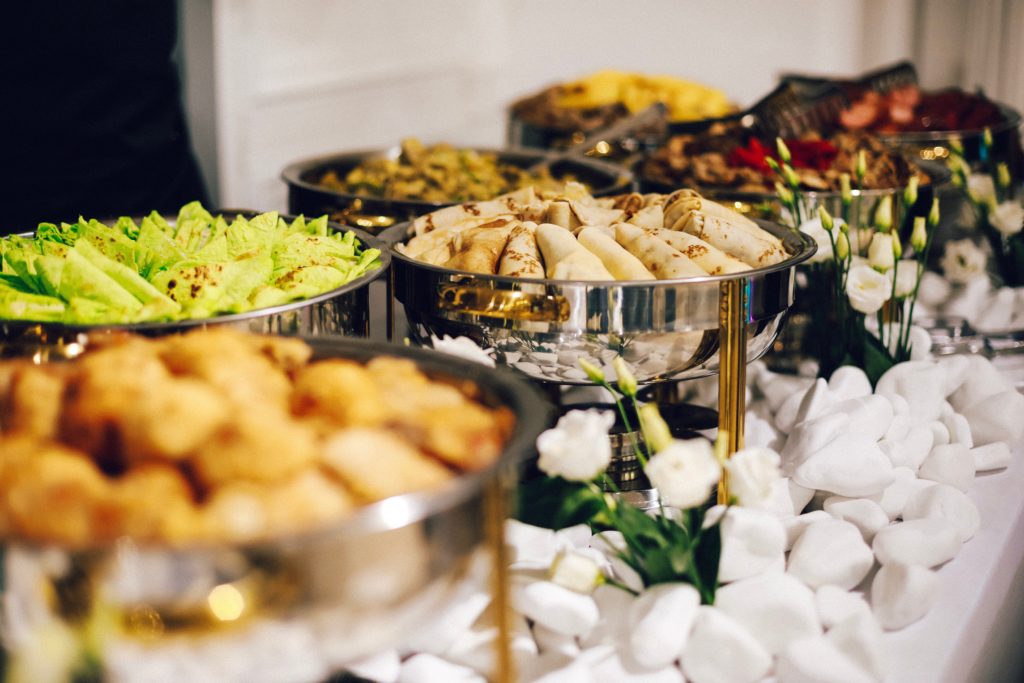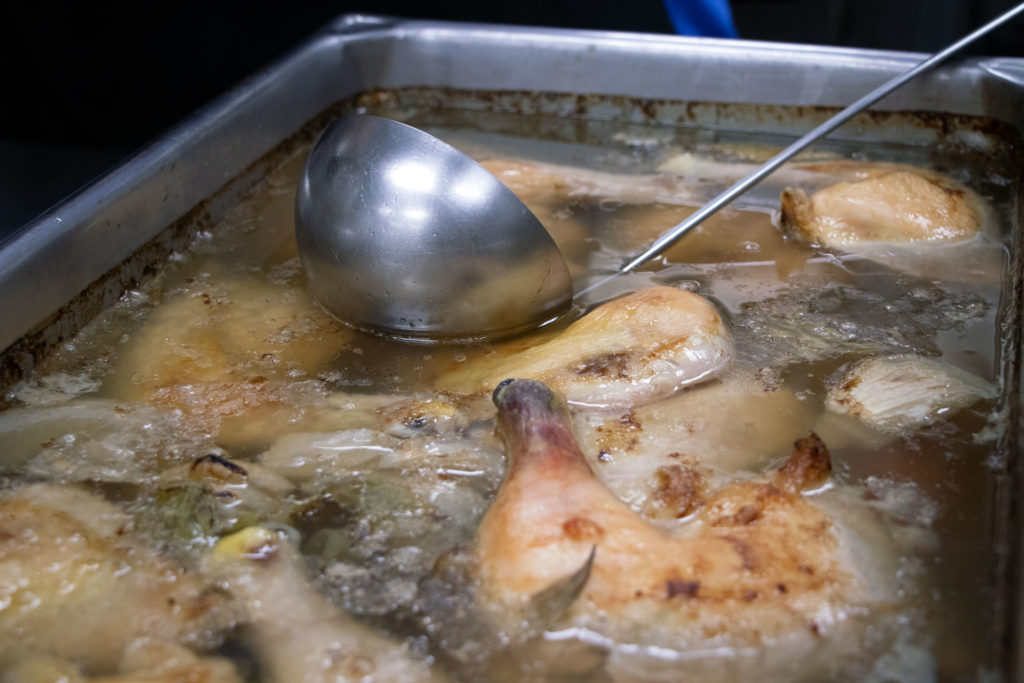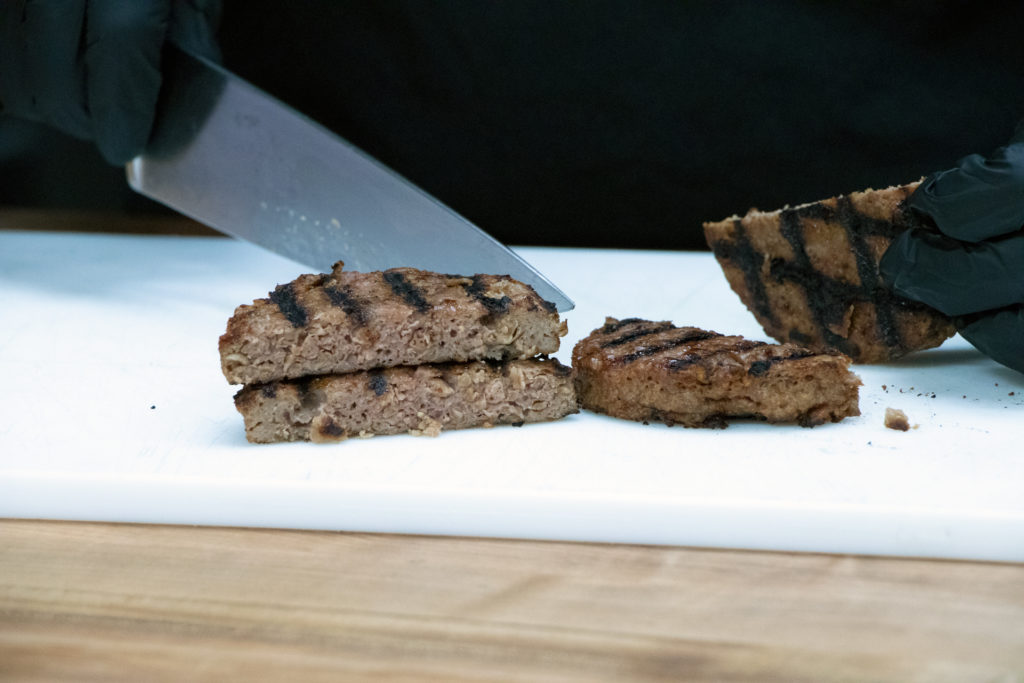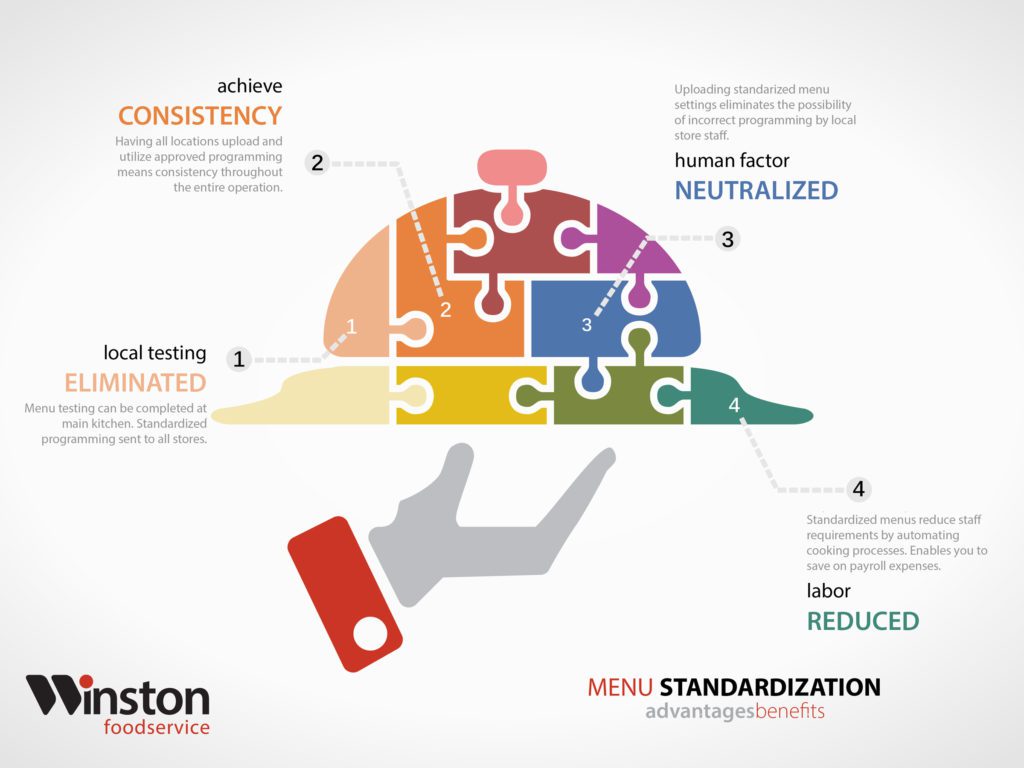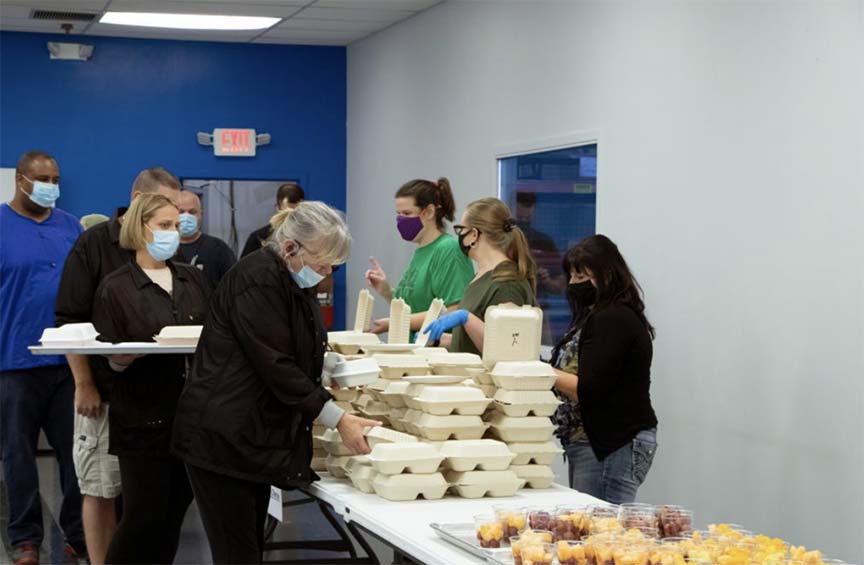Give Caterers an Advantage with CVap®
Caterers, like others in the hospitality industry, face their share of challenges. Amongthem are assuring food safety, maintaining food quality, and providing fastservice. Critically, falling short in any of these areas can damage your reputation and threatenyour business. Winston’s CVap® equipment can provide solutions Maintaining Safe Food Temperatures According to the CDC, one of the top causes of […]
Give Caterers an Advantage with CVap® Read More »
